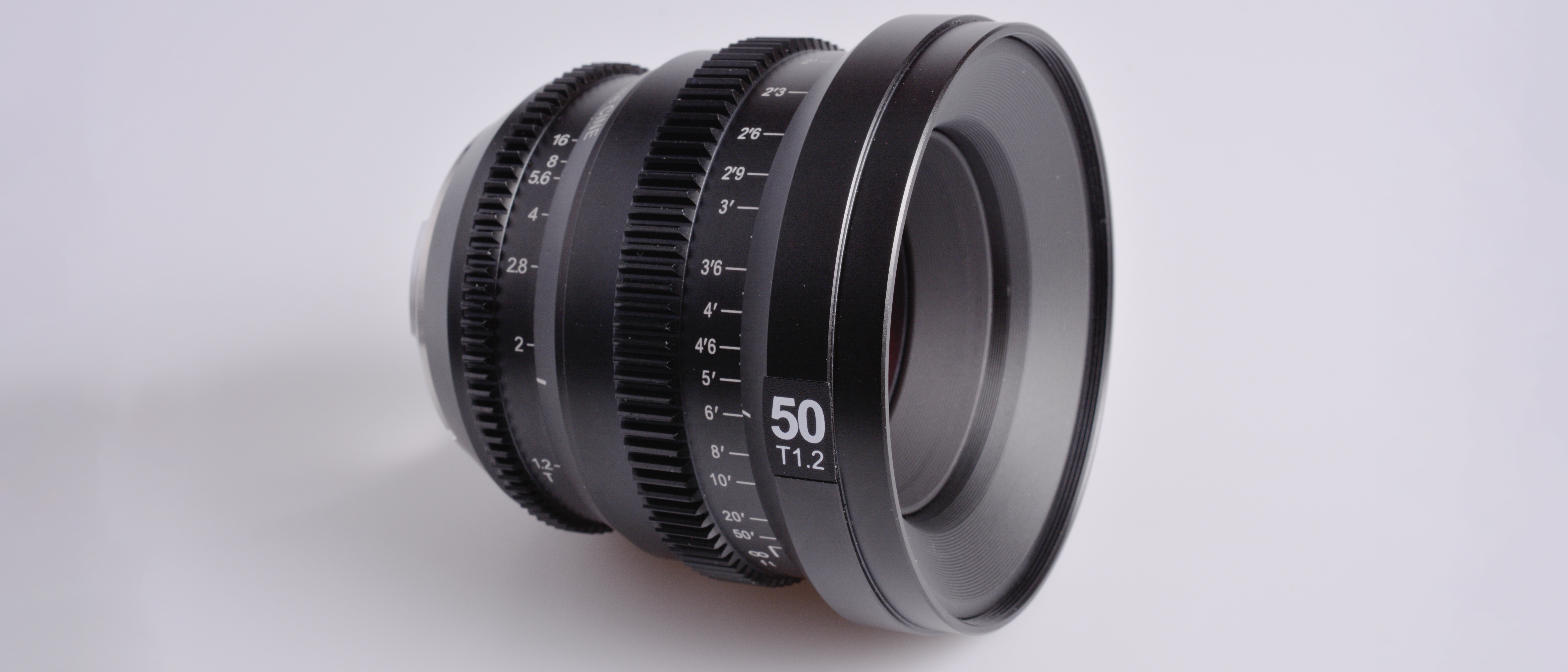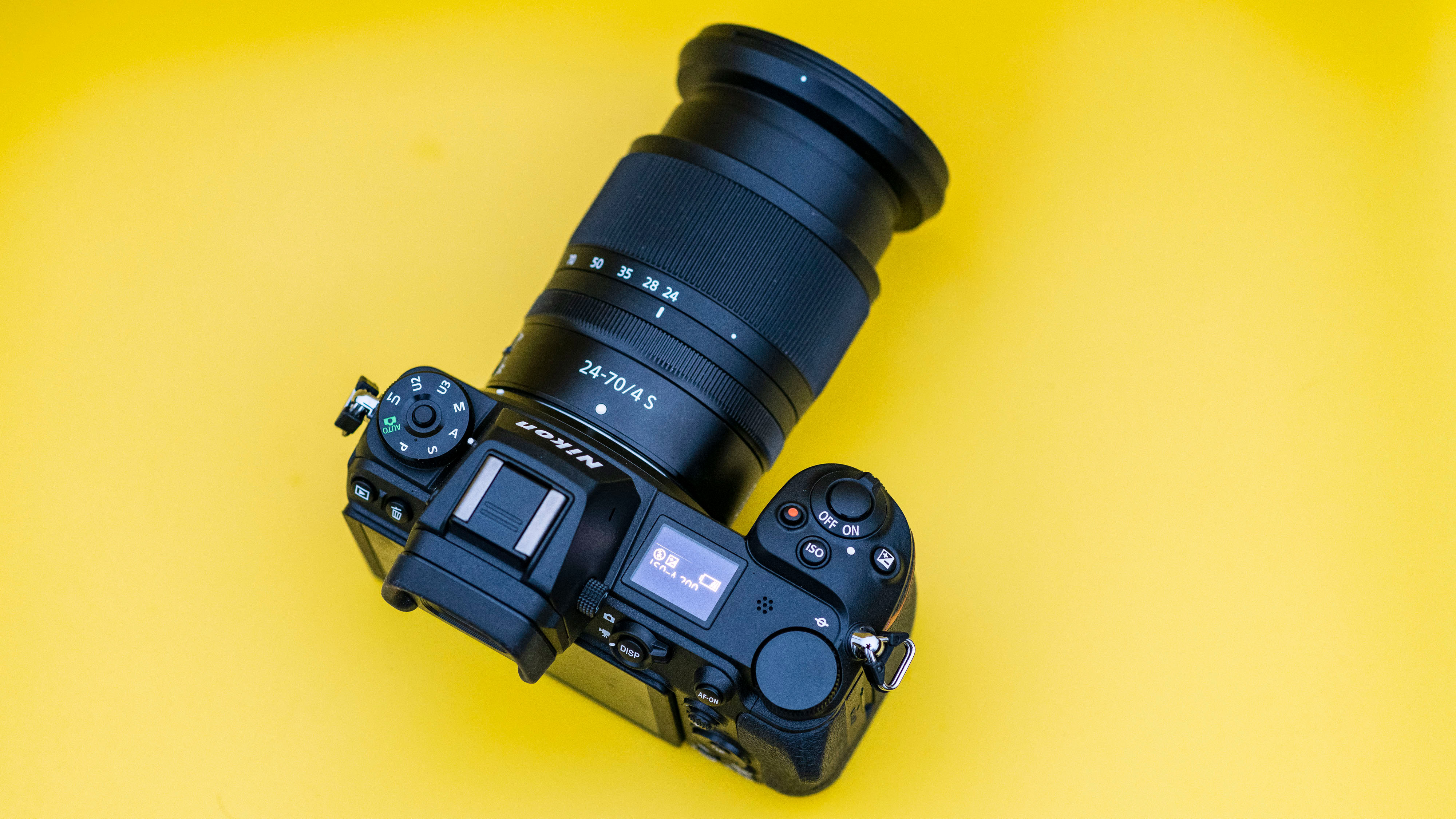Early Verdict
While so many photo lenses are now touted as being ‘hybrid’ and having some of the functionality needed by video shooters – such as stepless aperture adjustment – the SLR Magic MicroPrime Cine lenses present a strong argument for the dedicated cine lens. The simplicity of an optical design that’s not packed with extra elements doing corrective duties, and the inherent durability of a fully mechanical construction are both big plusses for a dedicated cinema lens.
Pros
- +
Solid, metal construction
- +
Low cost
Cons
- -
No electrical contacts
- -
Focus distance markings only in feet and inches
Why you can trust Digital Camera World
The world of cinema lenses is a fascinating one. It spans the hugely expensive optics used in mainstream movie and TV productions – such as those from Leitz Cine and Zeiss – to all manner of vintage lenses often picked up for a song. Manual focus is preferred and so is manual aperture control so it doesn’t matter that the many mount adapters are simply physical couplings. A classic Nikkor prime fitted to an EOS 5D II/III/IV body was quite a commonly-seen configuration.
The near-endless permutations in lens mount adapters that’s available today had its origins in film-makers wanting to fit any lens that they liked the look of to their video DSLRs and now, of course, mirrorless cameras. And it’s all to do with the ‘look’ as well… for example, uncoated or the early one- or two-layer anti-reflection multi-coatings result in less contrast, more muted colors and the ability to deliberately use flare for creative effects.
Interestingly, the lenses made for film photography took into account that the film was never held completely flat across the entire frame (the role of the pressure plate) so the corners would be fractionally bowed… and hence out-of-focus. Over time, film lenses were designed to correct for this so… when used with digital sensors which are micron flat from corner to corner, they actually introduced some sharpness fall-off at these extremities. In cinematography, though, more softly-rendered corners – and vignetting too – can be A Good Thing in visual terms.
SLR Magic taps into all of this with its dedicated cine prime lenses which, both physically and optically, are designed to replicate the key attributes of a vintage lens, but with all the reliability and durability benefits of being brand new. These are primarily cine lens with – because of their particular visual characteristics – photographic applications too, rather than being photo lenses that have some small adaptions to make them more suitable for shooting video.
SLR Magic’s MicroPrime CINE series is quite extensive and includes models for the Micro Four Thirds sensor size, the Super 35 image size (i.e. ‘APS-C’) in the Fujifilm X mount and the Sony E mount, and full frame for the Sony FE mount. The FE models – which have an image circle of 44 millimetres in diameter – all share essentially the same physical characteristics in terms of size, weight, balance, and the location of the geared control collars. This makes for easier and quicker lens changes when the host camera is mounted in a video rig, or maintains the same balance if you’re using a three-axis gimbal.
Specifications
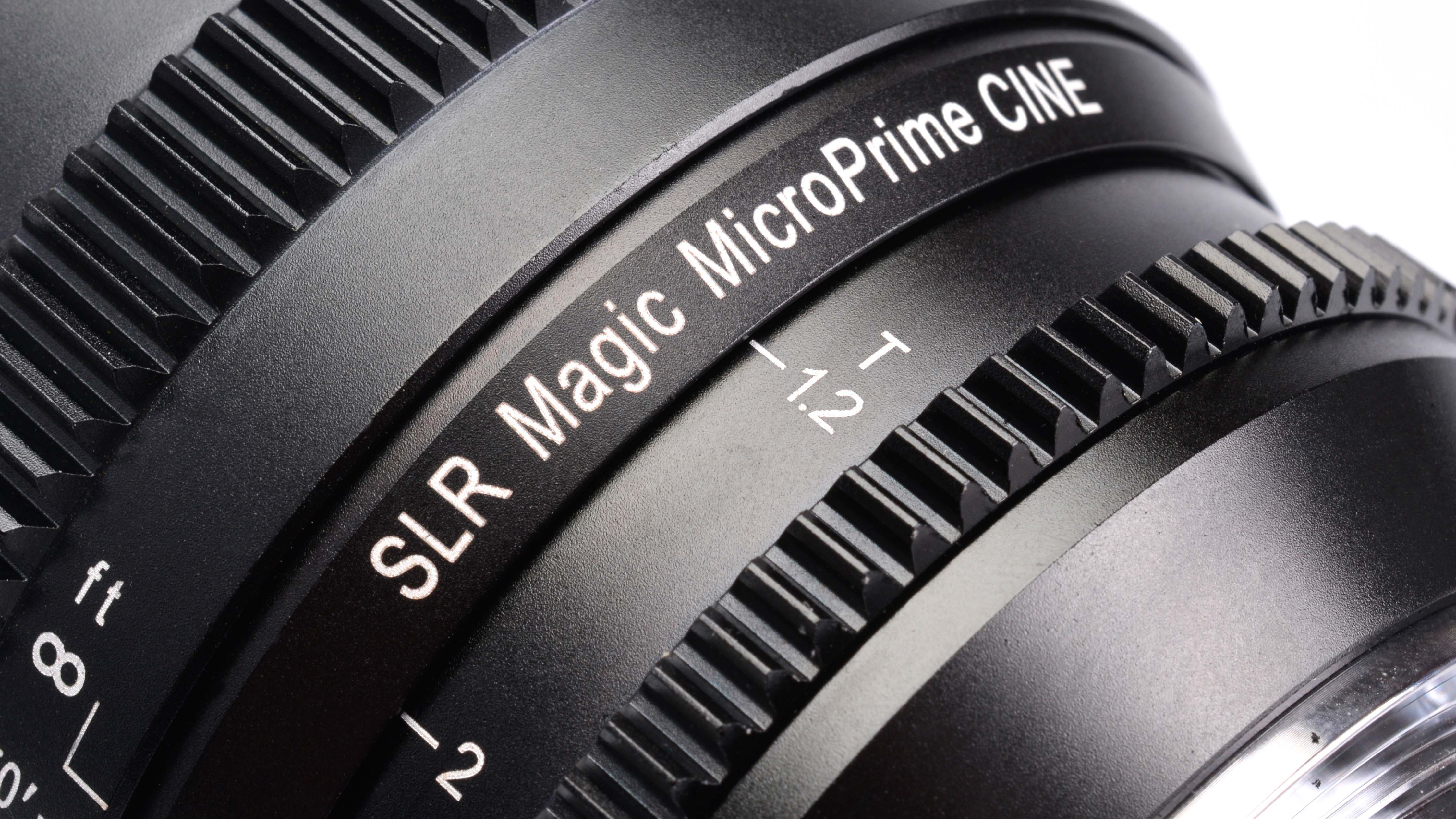
| Mount options | Sony E (FE) |
| Lens construction | 7 elements in 6 groups |
| Angle of view | 46.8 degrees |
| Diaphragm blades | 13 |
| Minimum aperture | f/22 |
| Minimum focus distance | 0.61m |
| Filter size | 82mm |
| Dimensions | 87x85mm |
| Weight | 700g |
Handling
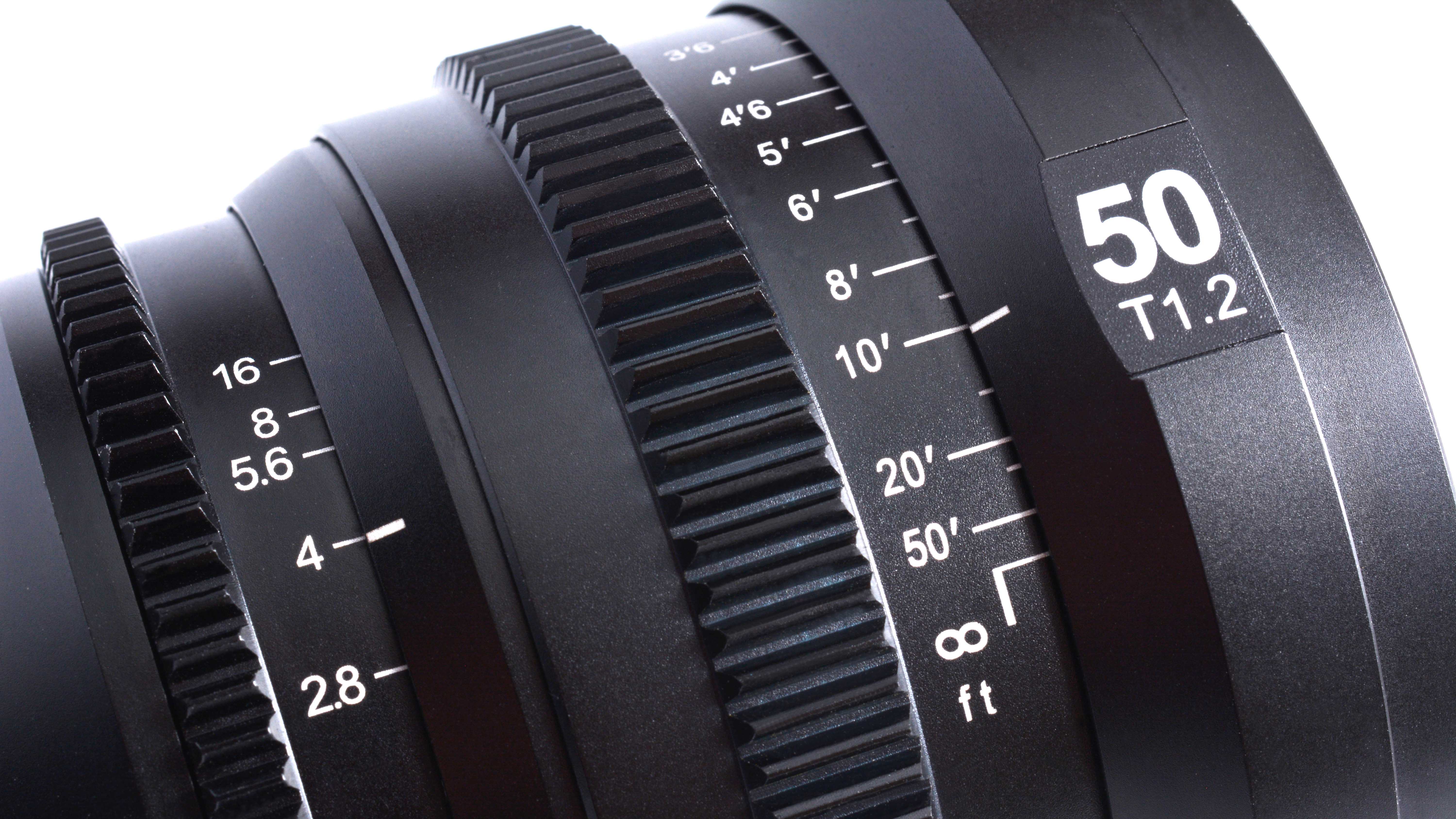
The word ‘Micro’ in the model series name isn’t so much a reference to the MFT format as the comparative compactness of these primes. The key offerings for the FE mount comprising a 21mm T1.6, a 25mm T1.5, a 35mm T1.3, a 50mm T1.2 and a 75mm T1.5. These are all fast lenses too, so by cinema-tography lens standards, they are indeed pretty compact and not especially heavy, although the all-metal and all-glass construction sees the 50mm T1.2 tested here tipping the scales at a solid 700 grams. And “solid” is a pretty apt description of the 50mm T1.2’s construction overall.
The build quality is quite exceptional and this lens certainly looks – and feels – like it could withstand quite a bit of heavy handling when on location. There’s no weather sealing, but everything seems to fit so tightly that a bit of gentle rain probably isn’t going to be an issue.
In this era of electronic ‘fly-by-wire’ control controls, it’s reassuring that the 50mm T1.2 is entirely mechanical in its operation… just like a vintage lens. Even the styling looks classical, with the gearing on the control collars looking a lot like the ribbed metal grips that were common
on interchangeable lenses during the 1950s and ’60s. Both control collars feel nicely weighted with enough mechanical resistance to allow for very precise adjustment. Both also have end stops which do make a pronounced ‘click’ when you hit them so take care when recording, although the aperture ring is quieter and the focus collar is designed to they’re slightly beyond the actual minimum distance and infinity settings.
The 50mm T1.2 has a stepless aperture control which allows for very smooth exposure variations. It also has a long ‘throw’ from T1.2 to T2.0 and on to T2.8, enabling exceptionally fine control which is as much about exploiting the shallow depth-of-field at these widest apertures as it is about adjusting exposure.

The focus collar has a 150-degree rotation which also allows for very smooth and precise adjustment across the full distance range. If you’re focusing by hand – rather than using a follow focus set-up – the geared collar still feels quite comfortable to use, but you’ll probably need several ‘bites’ to complete the full twist. The distance markings are in feet-and-inches only which photographers, in particular, may find a little unusual to start with, but obviously really doesn’t make any difference in the end. The minimum focusing distance is two feet or 60.9 centimetres.
Importantly, focusing is performed internally ensuring there’s no change to lens’s physical length and that the front element doesn’t rotate. SLR Magic says the focusing mechanism has been designed to minimise focus breathing – a slight change in the image size which occurs during focusing – which is again an important requirement when shooting motion picture footage, but rarely an issue for photographers.
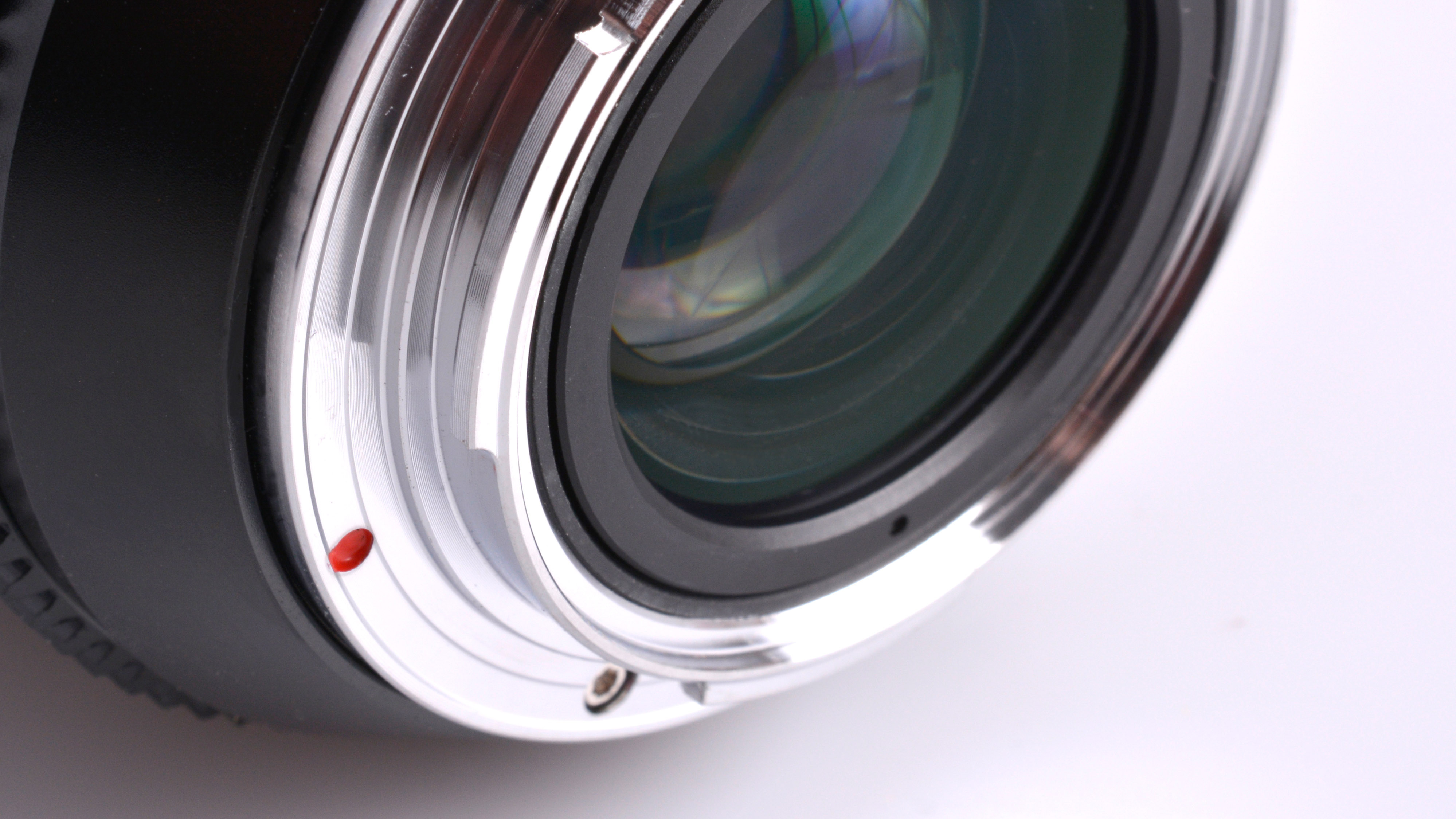
The lens’s maximum diameter is 85 millimetres so it fits standard matte boxes or, for photographers, the 100 mm square are. There are no special elements to correct for specific lens aberrations… which is deliberate. As you’ll see in the Performance section, it’s all about the look. Consequently, too, the multi-coatings balance contrast and color without being overly clinical.
As noted earlier, focusing is performed internally so nothing moves externally.
The iris diaphragm has a total of 13 blades to give a much more uniformly rounded aperture and, hence, very smooth out-of-focus effects. Additionally, the odd number reduces the likelihood of flare being created by the blades themselves.
Performance
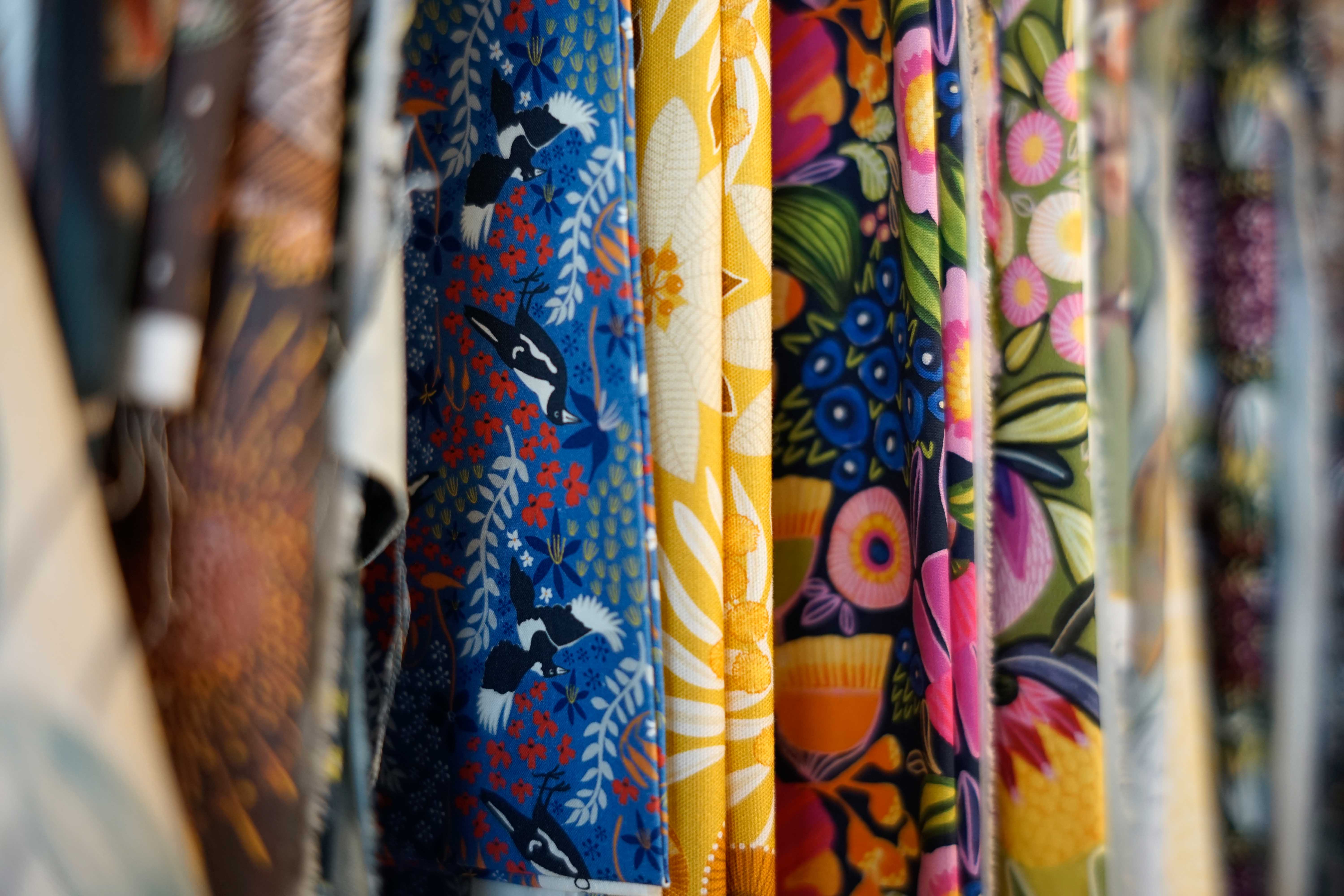
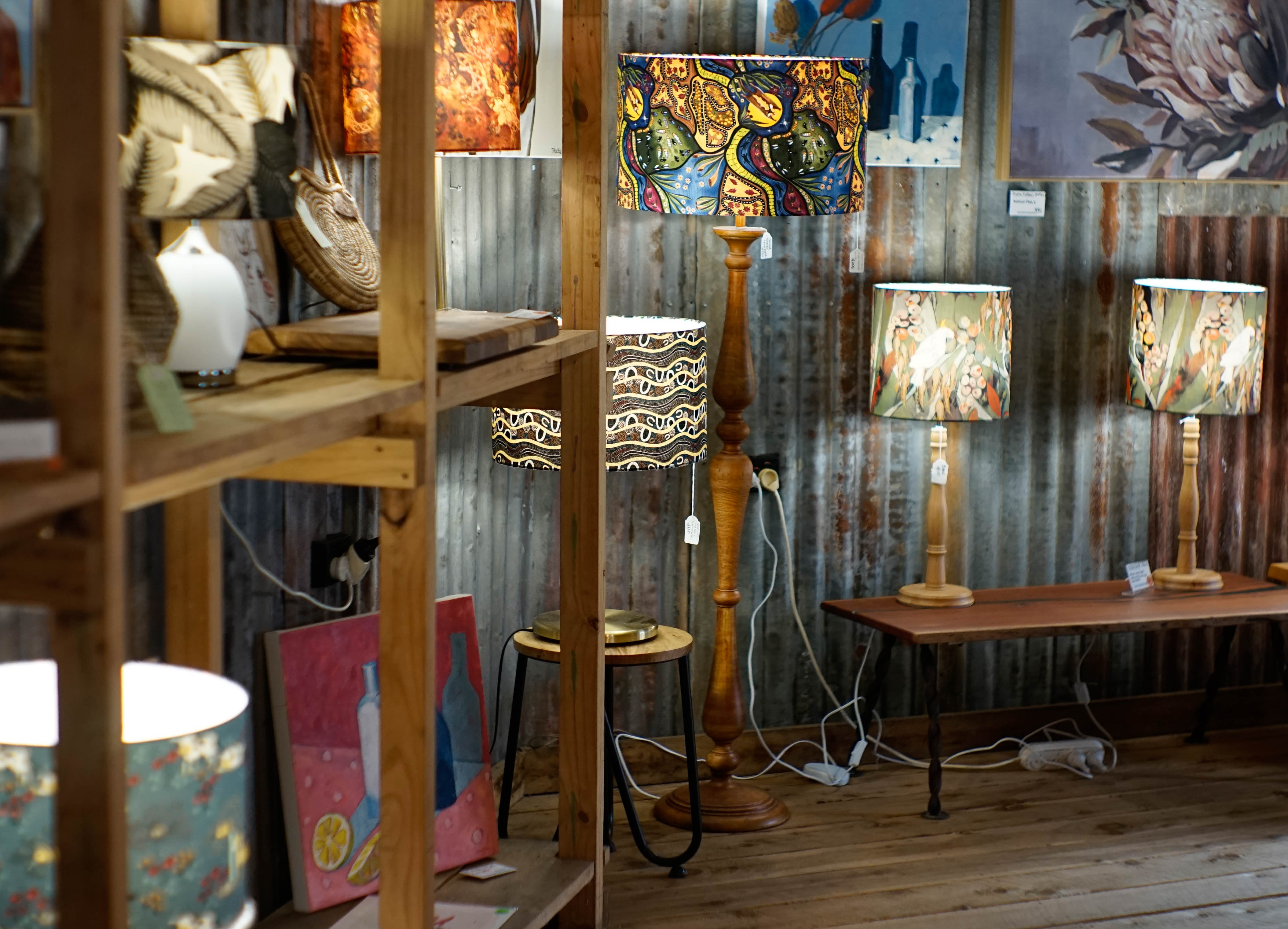

While photo lenses typically chase optical perfection – and, where it can’t be achieved optically, in-camera corrections are applied to the image file – dedicated cinema lenses have a different design ethos. With moving pictures, realism becomes much more of a consideration… the natural depiction of the world as we see it every day. Thus, muted colors and low contrast, along with reflections and often quite dramatic flare, are all about creating mood and atmosphere. Focus is a powerful creative tool or, perhaps more specifically, the visual difference between what’s sharp and what isn’t.
Wide open at T1.2, the SLR Magic 50mm is at its cinematic best with all the typical visual characteristics of a vintage photo lens… which many movie-makers now consider positives rather than negatives. The sharpness fall-off at the corners is quite dramatic and there’s noticeable vignetting too, but it looks great for video and also works well with photography if you want a more filmic look that doesn’t assault you with unrealistic saturation and contrast. The shallow depth-of-field at T1.2 allows you to make great use of selective focus which is complimented by a creamily smooth bokeh that gives a nicely progressive focus roll-off from the subject to the background. There’s a romantic feel that obviously works well with portraiture, but would be equally complimentary to other fields such as fashion, glamour and some still life studies.
Stop down a couple of apertures though, and the 50mm T1.2 becomes an entirely different lens in character. At T4.0 the corner sharpness improves significantly and chromatic aberrations are much reduced which enhances the overall definition and contrast. The color palette is still a little restrained – which is often quite desirable – but obviously, there’s scope in any Sony Alpha mirrorless body or the FX series cinema cameras to tweak saturation and hue in-camera. More likely, though, many users will be shooting in S-Log and color grading in post. In either case, the SLR Magic natural color rendition is actually very appealing.

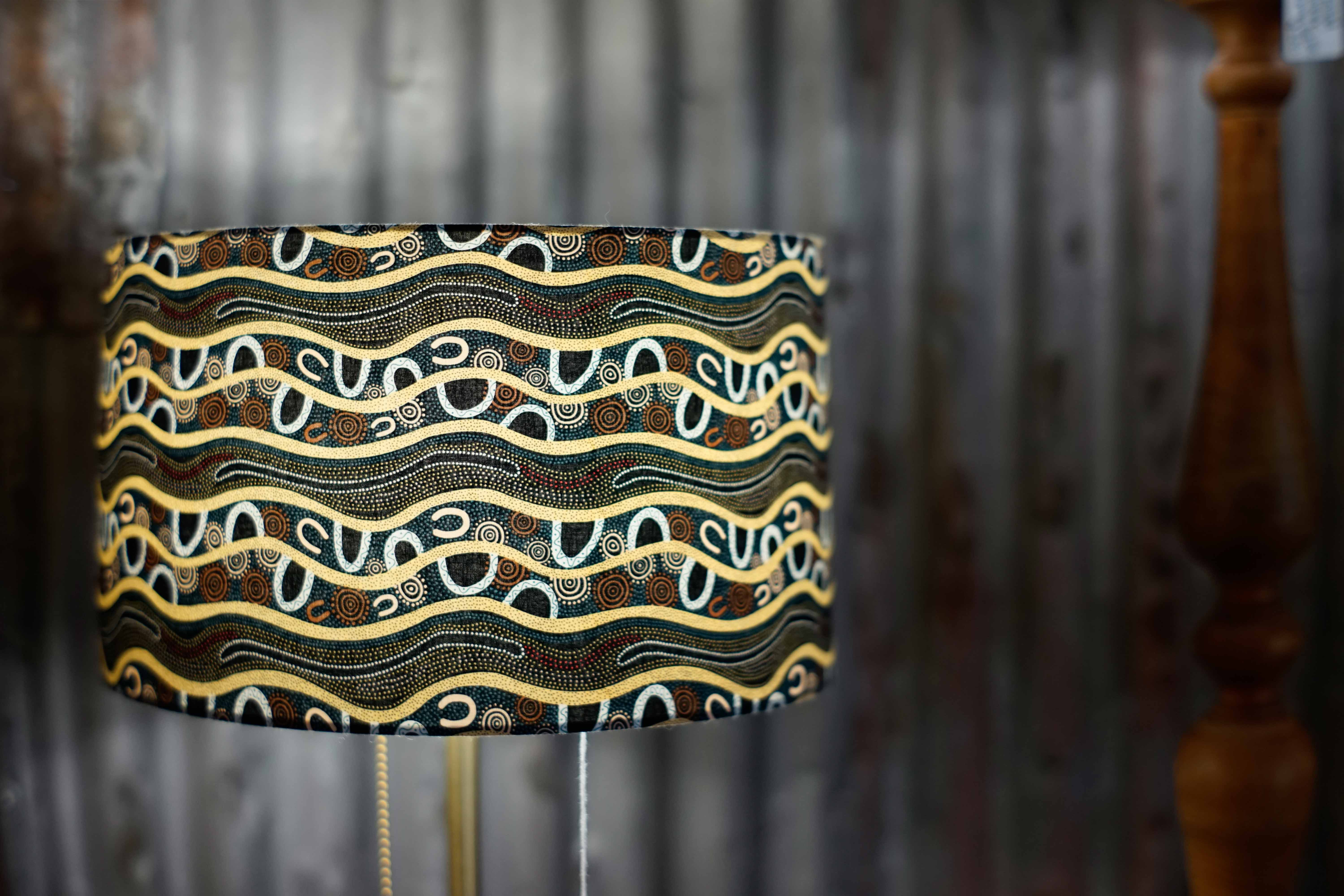
Verdict
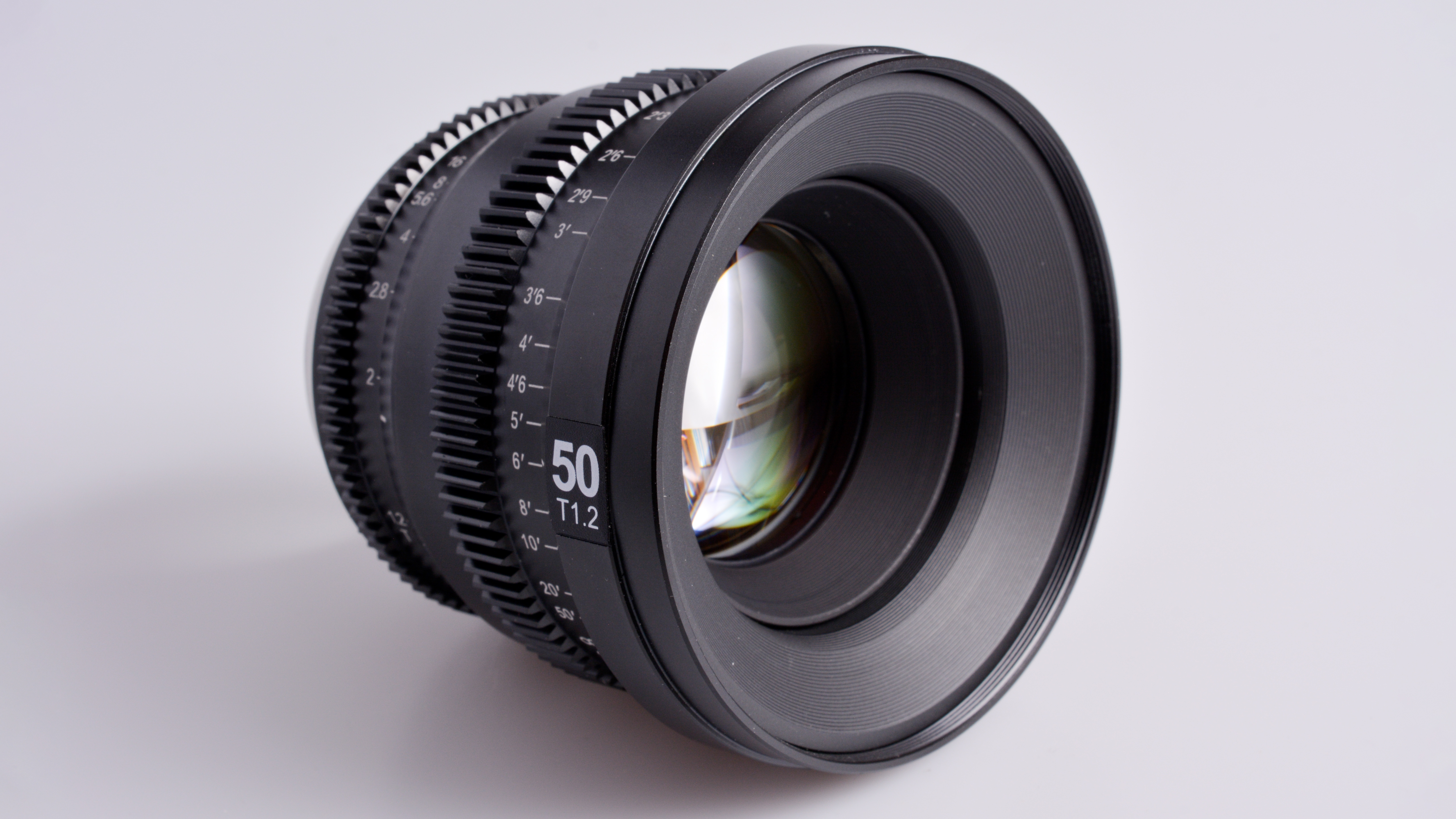
The 50mm T1.2 is certainly one of the toughest built lenses that we’ve ever encountered and, across the aperture range of T4.0 to T11, performs supremely well in terms of sharpness, definition and tonality. Yet, a lens such as this is a much about its unique pictorial character as it is about its technical capabilities. At its widest apertures, those vintage lens imperfections – clinically tuned out of any modern photo lens especially for mirrorless cameras –work brilliantly with video to create mood and, indeed, a bit of magic. Ironically, they can have their place in photography too, if you want to create a retro look straight out of the camera. The wider-angle MicroPrime Cine lenses would undoubtedly exploit these characteristics even further, but the 50mm is the true classic and can deliver a more technical result – particularly in terms of the uniformity of centre-to-corner sharpness and greater contrast – if you want it. Affordability is the icing on the cake – shop around and you might snag the 50mm T1.2 for under US$500 – but the cherry on top is that this lens is simply a huge amount of fun to use, both for video and stills. Mirrorless Magic now!

Paul has been writing about cameras, photography and photographers for 40 years. He joined Australian Camera as an editorial assistant in 1982, subsequently becoming the magazine’s technical editor, and has been editor since 1998. He is also the editor of sister publication ProPhoto, a position he has held since 1989. In 2011, Paul was made an Honorary Fellow of the Institute Of Australian Photography (AIPP) in recognition of his long-term contribution to the Australian photo industry. Outside of his magazine work, he is the editor of the Contemporary Photographers: Australia series of monographs which document the lives of Australia’s most important photographers.
